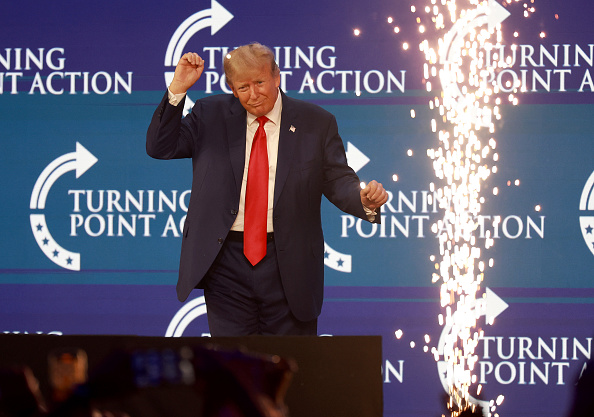Quick
thing
about
punishing
law
professors
—
they
tend
to
be
pretty
read
up
on
how
the
law
works.
After
LSU
decided
to
withdraw
a
tenured
professor
over
undisclosed
“political
comments,”
there
was
an
immediate
push
back
for
the
sake
of
campus
free
speech.
In
what
has
to
be
a
huge
“I
told
you
so”
moment
for
Professor
Ken
Levy,
a
judge
recently
ordered
LSU
to
put
him
back
in
his
classroom.
Lailluminator
has
coverage:
A
state
judge
has
ordered
LSU
to
allow
its
law
professor
Ken
Levy
to
return
to
teaching
duties.
The
university
had
removed
Levy
from
the
classroom
pending
an
investigation
into
alleged
criticism
of
Gov.
Jeff
Landry.Levy,
a
tenured
professor
of
constitutional
and
criminal
law,
sued
the
university
earlier
this
week,
saying
it
violated
his
First
Amendment
rights
and
its
own
policies
regarding
tenured
faculty.Judge
Don
Johnson
of
the
19th
Judicial
District
granted
Levy’s
request
for
a
temporary
restraining
order
that
would
allow
him
to
return
to
the
classroom
for
at
least
the
next
week.
Johnson
set
a
hearing
for
an
injunction
on
Feb.
10.
Part
of
what
made
the
university’s
decision
to
remove
Levy
from
teaching
was
how
hush
everything
was
on
what
he
said.
As
it
turns
out,
he
only
threw
a
couple
of
eff
yous
at
the
governor.
The
offhand
comments
were
a
response
to
Jeff
Landy
calling
for
an
LSU
professor
to
be
punished
for
criticizing
Herr
Trump.
Levy
warned
his
student
not
to
record
him
saying
anything
in
case
the
witch
hunt
would
come
for
him.
While
it
did,
he
thankfully
has
a
judge
with
common
sense
on
his
side.
Judge
Orders
LSU
To
Reinstate
Law
Professor
Sidelined
For
Political
Comments
[Lailluminator]

Chris
Williams
became
a
social
media
manager
and
assistant
editor
for
Above
the
Law
in
June
2021.
Prior
to
joining
the
staff,
he
moonlighted
as
a
minor
Memelord™
in
the
Facebook
group Law
School
Memes
for
Edgy
T14s.
He
endured
Missouri
long
enough
to
graduate
from
Washington
University
in
St.
Louis
School
of
Law.
He
is
a
former
boatbuilder
who
cannot
swim, a
published
author
on
critical
race
theory,
philosophy,
and
humor,
and
has
a
love
for
cycling
that
occasionally
annoys
his
peers.
You
can
reach
him
by
email
at [email protected] and
by
tweet
at @WritesForRent.







 Kathryn
Kathryn




